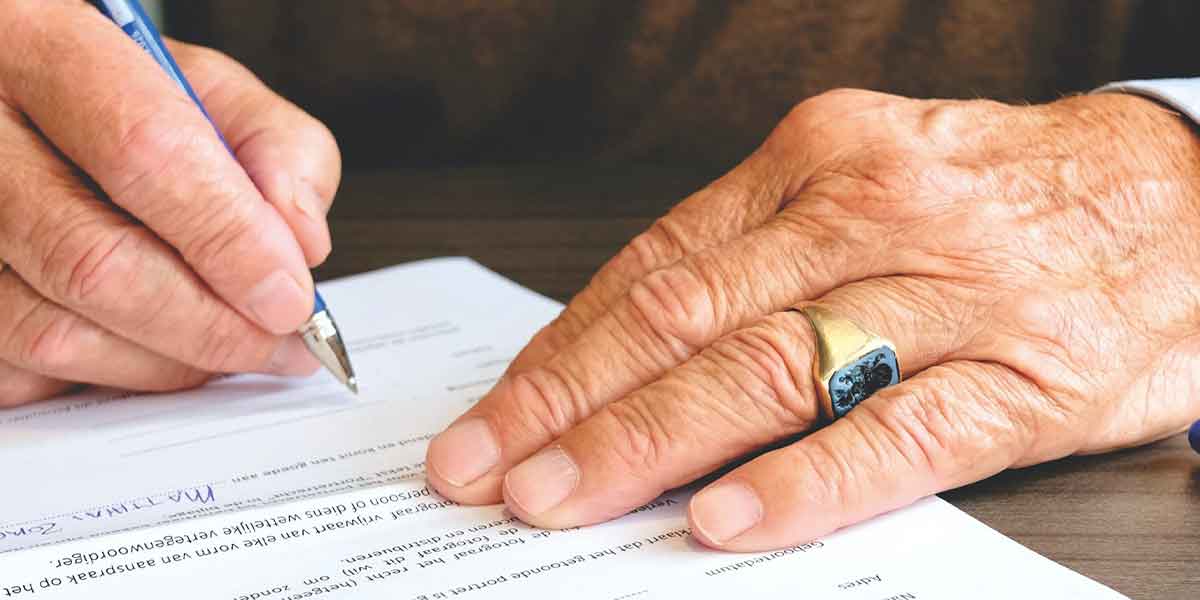The passing of a family member is a difficult and emotionally taxing time. In the midst of grieving, it is essential to navigate the probate process with a clear mind and seek the assistance of a probate lawyer if needed. This legal process involves several critical steps, including locating the will, notifying beneficiaries and creditors, inventorying assets and liabilities, settling debts and taxes, and ultimately transferring assets to the rightful beneficiaries.
Understanding the Probate Process
Probate is the legal procedure for administering the estate of a deceased person, which includes distributing assets according to the decedent’s will. A probate lawyer is typically involved in guiding individuals through this complex process, which involves valuing and locating all assets, paying debts and taxes, and eventually distributing the remaining assets to beneficiaries.
Step 1: Locating and Presenting the Will
The first step of the probate process is to locate the will and present it in court. This responsibility usually falls on the executor of the will, who may encounter various obstacles along the way. Consulting with a probate lawyer can provide valuable guidance through the complexities of the probate process.
Step 2: Notifying Beneficiaries and Creditors
After locating the will, the next crucial step is to send legal notice to all parties involved in the estate. This includes beneficiaries and creditors, who must be formally notified of their involvement in the probate case. Notifying creditors is essential for addressing any claims against the estate, and publishing these notifications in a newspaper can help reach any unknown creditors.
Step 3: Inventorying Assets and Liabilities
The third step involves the thorough inventorying of all assets and liabilities included in the deceased individual’s will. This process includes evaluating the value of assets such as bank accounts, properties, and vehicles, as well as addressing any claims made by creditors. Evaluating the value of the estate is crucial for determining the distribution to beneficiaries.
Step 4: Settling Debts, Taxes, and Funeral Expenses
Once the assets and liabilities are accounted for, the executor must ensure all legitimate creditors’ claims are settled by using assets from the estate. This may involve selling assets to cover funeral expenses and debts, as well as paying any estate taxes. A well-prepared estate plan can help set aside estimated taxes to simplify this step.
Step 5: Transferring Assets to Beneficiaries and Closing the Case
the executor is responsible for transferring the remaining assets to the beneficiaries according to the will. This process may involve creating new property deeds or liquidating assets. Once all the necessary steps are completed, a petition is filed in probate court to transfer the remaining estate to its beneficiaries, effectively closing the case.
Navigating these critical steps of the probate process can be challenging but seeking the guidance of a probate lawyer can provide invaluable support during this difficult time.




